Yellow Angelfish
$44.99
-
Select Variant
The Yellow Angelfish from the Cook Islands is often referred to for its False Lemonpeel Anglefish. It is bright yellow in its color. They are similar to the Lemonpeel Angelfish with the exception of the blue markings that surround the eyes as well as the edges of fins.
It is believed that the Yellow Angelfish requires a 70 gallon or bigger aquarium that has hidden areas and plenty of live rock for grazing. In an aquarium with reefs, the species can nip at large-polyped stony corals certain soft coral polyps and mantles of clams.
The diet of Yellow Angelfish should consist of Spirulina as well as marine algae. High quality angelfish preparations Mysis and frozen shrimp as well as other meaty products.
Approximate Size of Purchase Small: 1" to 1-1/4" Medium: 1-1/4" to 2-1/2" Large 2-1/2" from 4"
- Description
- Additional Information
- Reviews
Yellow Angelfish Identification
The Yellow Angelfish exhibits a vibrant lemony hue across its body, starting as female and transitioning to male due to hormonal changes that may develop black facial markings. They often confuse observers as Lemonpeel Angelfish but stand out with a blue eye ring and lack of blue markings on their body, instead featuring a distinct yellow patch behind their eyes. In their natural habitat, these angelfish interbreed with similar species, occasionally resulting in black fin markings, which typically fade in aquarium settings.Diet and Feeding
These fish are primarily herbivorous, spending considerable time grazing on detritus, microalgae, and small crustaceans on rocks. In captivity, their diet should include algae varieties supplemented with flakes, pellets, and occasional live food to prevent malnutrition-related health issues such as blindness. Feeding them 2-3 times daily with ample plant matter ensures optimal health.Tank Requirements
- Requires a minimum 70-gallon aquarium or larger.
- Provide ample hiding places and large amounts of live rock for grazing.
Behavior in Aquarium
- In reef aquariums, may nip at large-polyped stony corals, some soft coral polyps, and clam mantles.
Approximate Purchase Size
- Small: 1" to 1-3/4"
- Medium: 1-3/4" to 2-1/2"
- Large: 2-1/2" to 3-1/2"
size
Large, Medium, Small
Units
1
Weight
6 lbs
Dimensions
1 × 1 × 1 in

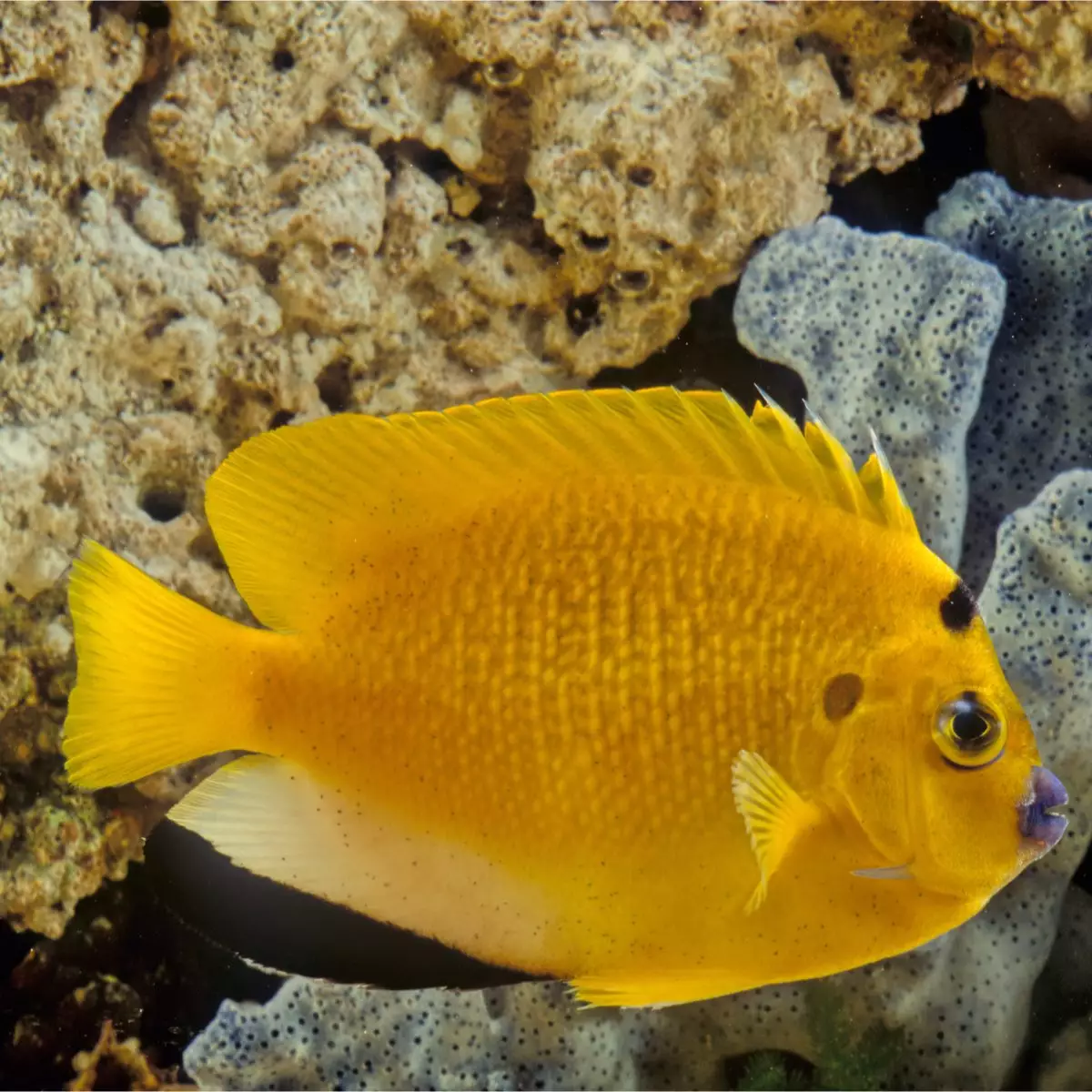
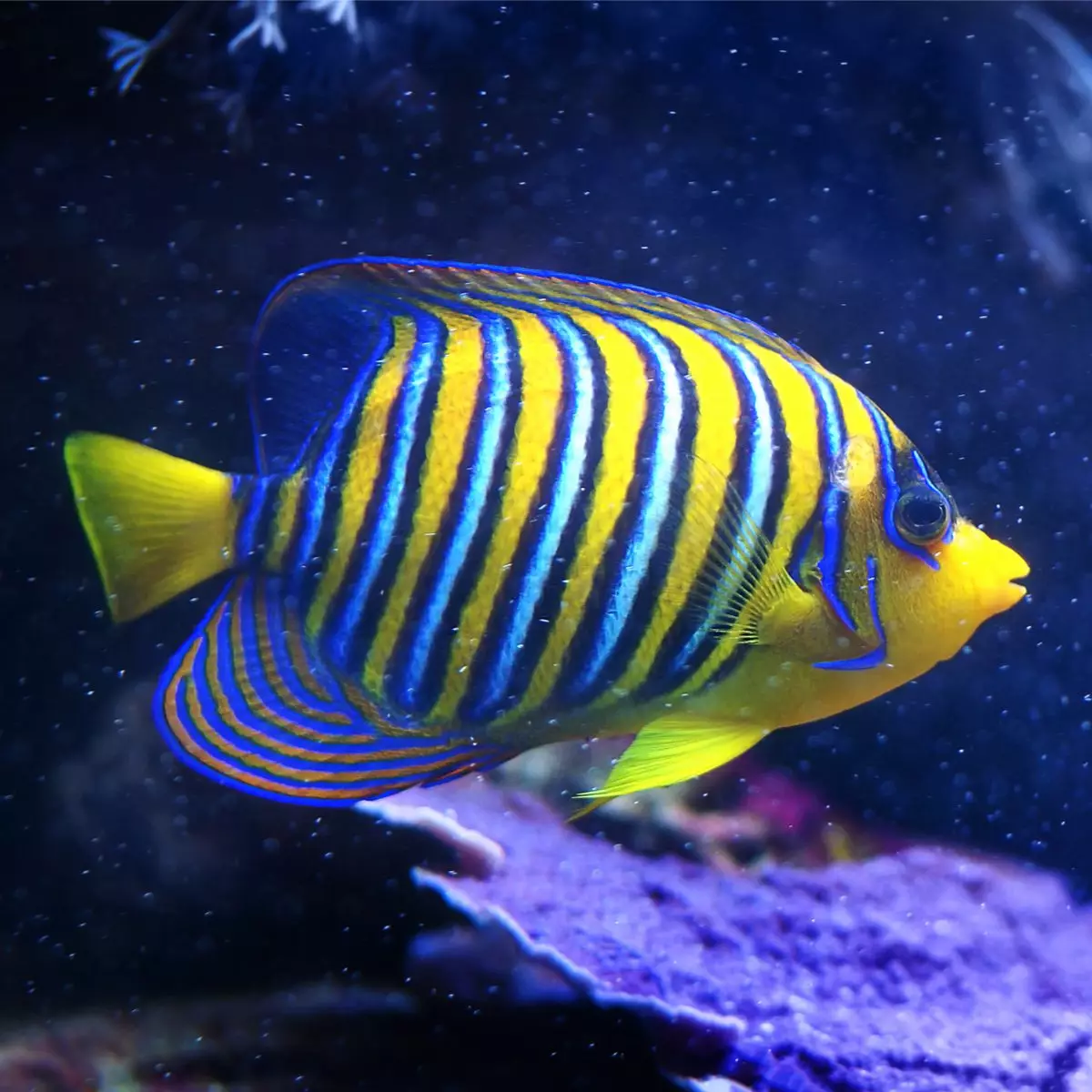
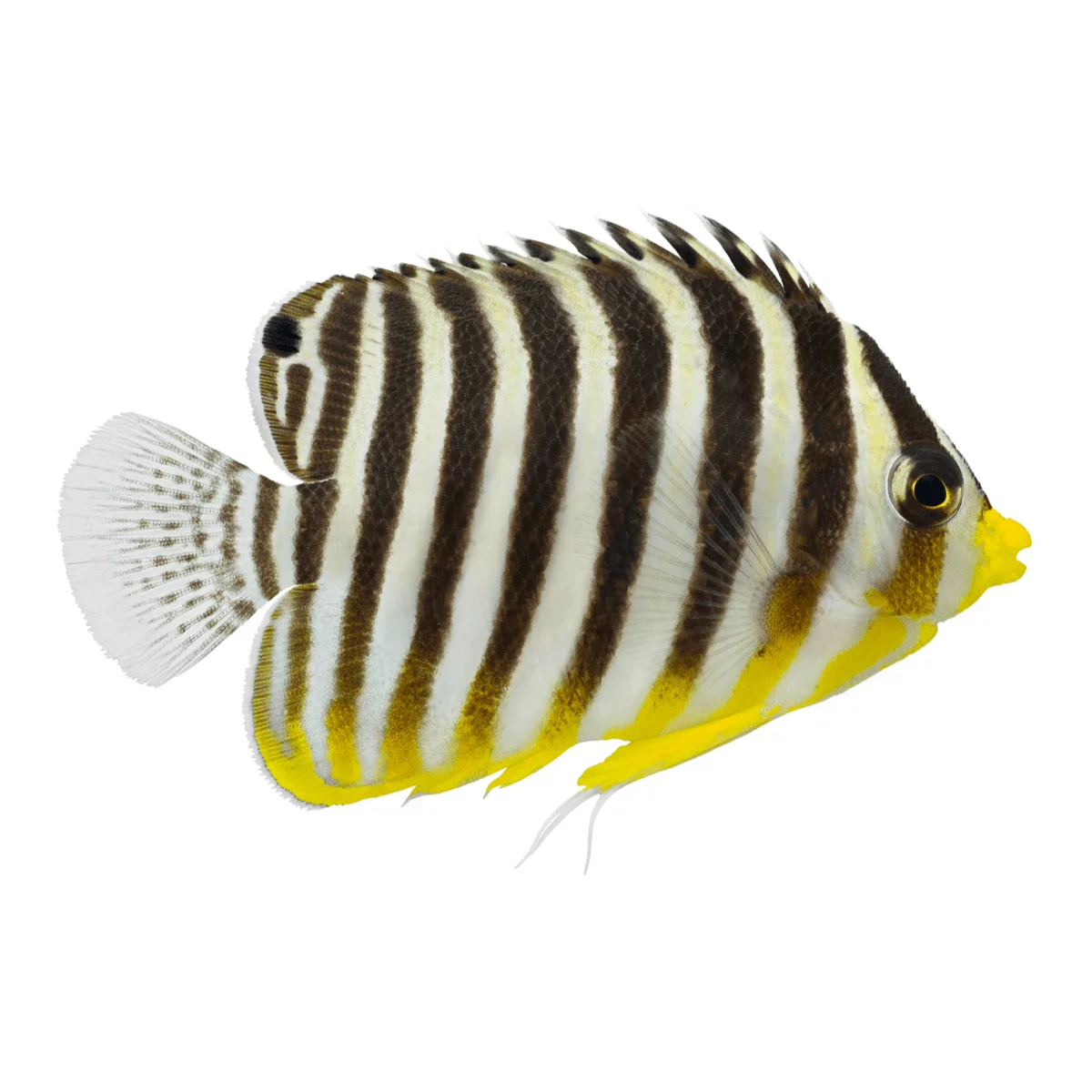
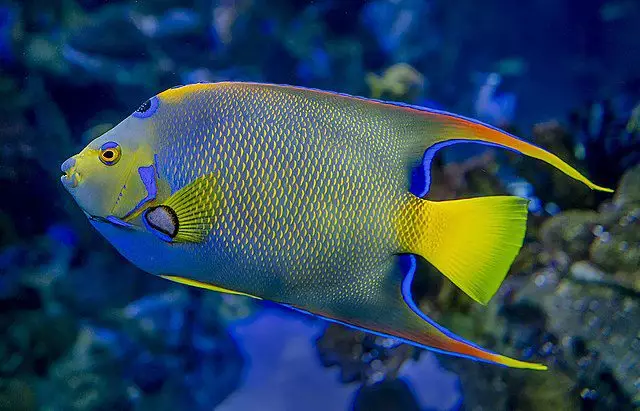
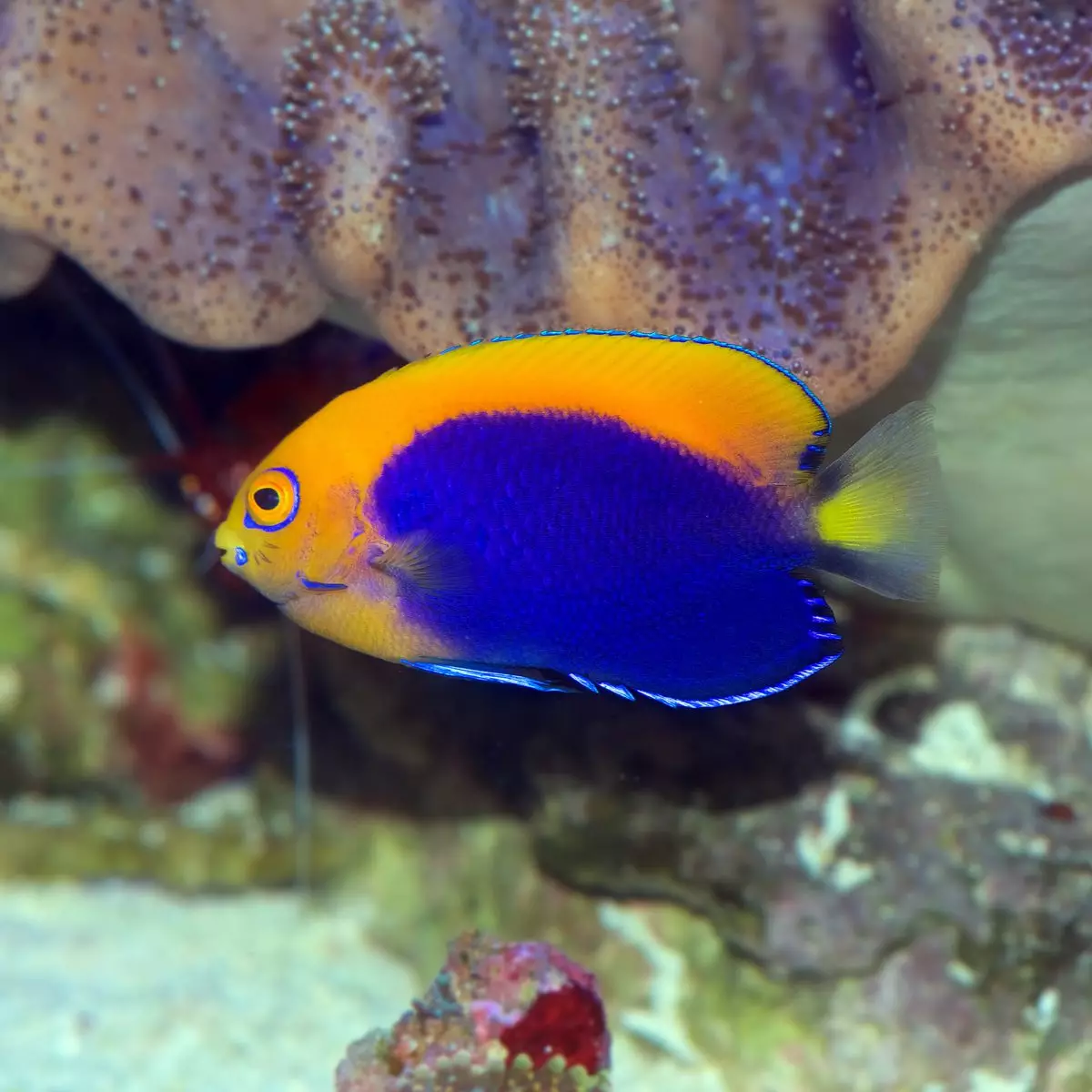
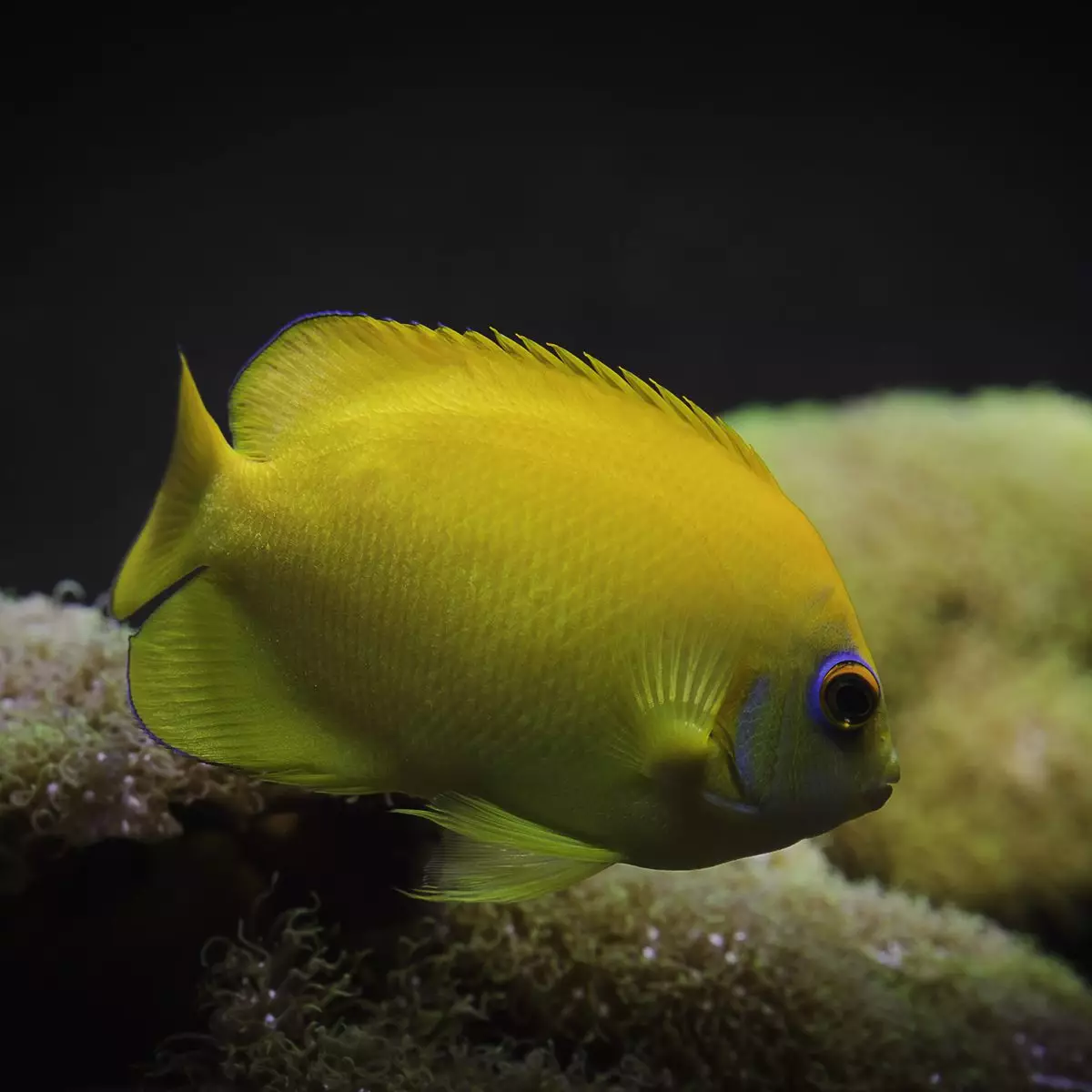
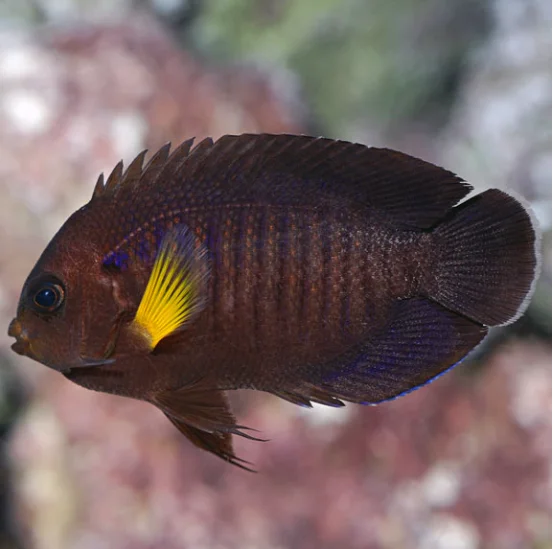



Reviews
There are no reviews yet.